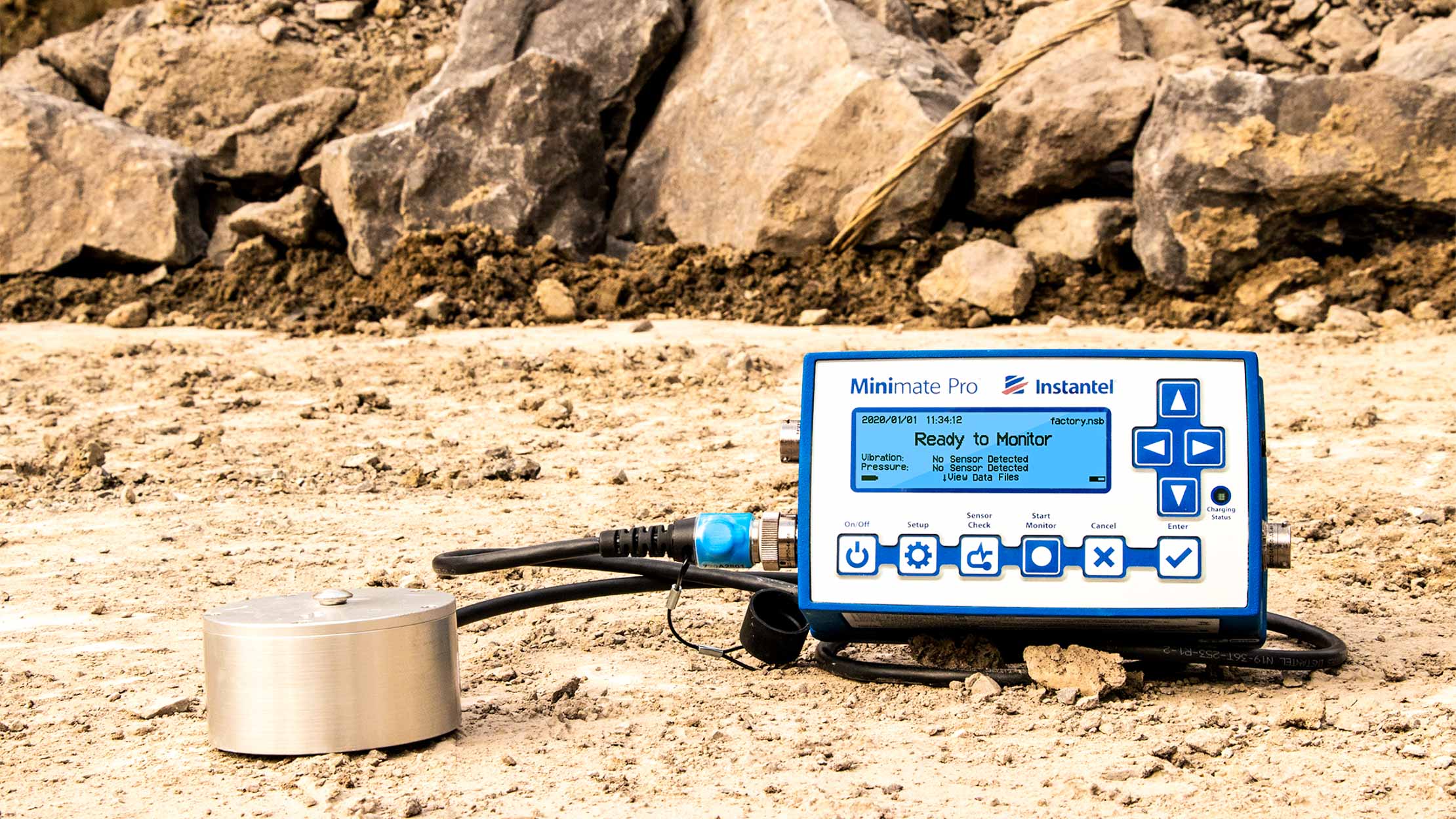
Construction Vibration Monitoring
Construction-induced vibration monitoring
- Pile driving near historic building requires vibration monitoring to prevent damage
- Demolition adjacent to occupied hospital needs continuous vibration control
- Tunneling under existing infrastructure requires vibration monitoring for safety
Request a rapid assessment
Share project details and timelines. Our engineering leads respond within one business day with mobilization options and PE-reviewed scope.
Construction vibration monitoring measures and controls ground vibration from construction activities like pile driving, demolition, and heavy equipment operation to protect adjacent structures and utilities. This service prevents damage to nearby buildings, underground infrastructure, and sensitive equipment while allowing construction to proceed safely and efficiently.
Different construction activities generate varying vibration levels, from high-frequency impacts during pile driving to low-frequency vibrations from heavy machinery. Sensitive structures like historic buildings, hospitals, and research facilities require strict vibration limits, while underground utilities and pipelines have different tolerance thresholds. Environmental factors like soil conditions and distance from vibration sources affect transmission.
Our monitoring systems provide real-time vibration data with automated alerts when thresholds are exceeded, allowing construction teams to adjust methods or pause activities as needed. We work with contractors, property owners, and regulatory agencies to establish appropriate vibration criteria and monitoring zones. Our nationwide deployment ensures compliance with local ordinances and industry standards across different regions.
What We Include
- Real-time vibration measurement during construction activities
- Peak particle velocity (PPV) monitoring with frequency analysis
- Automated alerts for vibration threshold exceedances
- Seismograph installation on adjacent structures and utilities
- Construction method vibration impact assessment
- Ground vibration transmission modeling
- Regulatory compliance documentation
- Post-construction vibration baseline establishment
Common Situations We Handle
- Pile driving near historic building requires vibration monitoring to prevent damage
- Demolition adjacent to occupied hospital needs continuous vibration control
- Tunneling under existing infrastructure requires vibration monitoring for safety
- Heavy equipment operation near sensitive research laboratory equipment
Frequently Asked Questions
How does construction vibration monitoring protect structures nationwide
We provide nationwide vibration monitoring that follows local building codes and industry standards for vibration control. Our systems protect adjacent buildings, utilities, and infrastructure from construction-induced vibration across all project locations and construction types.
What construction activities generate the most vibration
Pile driving, demolition with wrecking balls, vibratory compaction, and heavy equipment operation near structures generate the highest vibration levels. Blasting and dynamic compaction also create significant ground motion that requires monitoring.
What vibration levels are considered safe for different structures
Historic buildings typically require limits below 0.5 inches per second PPV, while modern buildings can tolerate 1.0-2.0 inches per second. Underground utilities have different thresholds based on pipe material and soil conditions.
How do you monitor vibration from construction sites
We install seismographs and accelerometers on adjacent structures and in the ground, measuring particle velocity, acceleration, and frequency content. Data is transmitted wirelessly in real-time with automated alerts for threshold exceedances.
What happens if vibration monitoring detects excessive levels
Our system immediately alerts construction supervisors and property owners with specific vibration data. We provide recommendations for construction method modifications, additional damping measures, or work stoppages to protect adjacent assets.
Example of Our Capabilities
Service Type
Construction Vibration Monitoring
Scope
Continuous vibration monitoring during pile driving and demolition activities
Client Situation
Construction project adjacent to historic building requires vibration monitoring during foundation work
Our Approach
Install seismographs on historic building and vibration sensors near construction activities, monitor real-time during pile driving, and provide immediate alerts for excessive vibration
Expected Outcome
Complete vibration records documenting all construction activities, verification that vibration stayed within safe limits, and protection of adjacent historic structure
Contact us to discuss your construction vibration monitoring needs nationwide. We can share references upon request.
